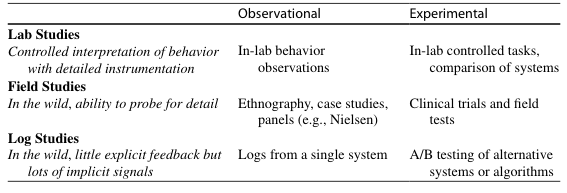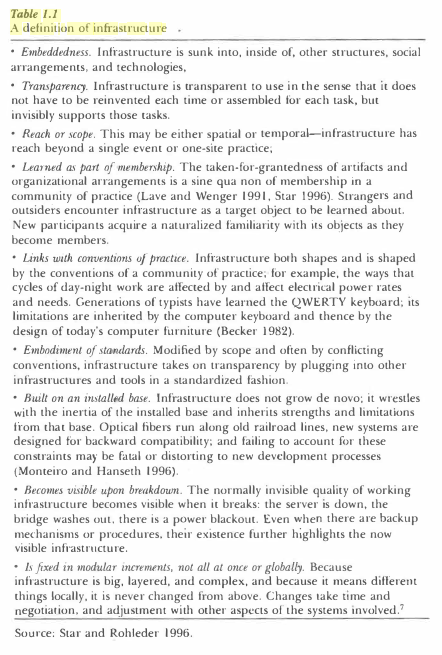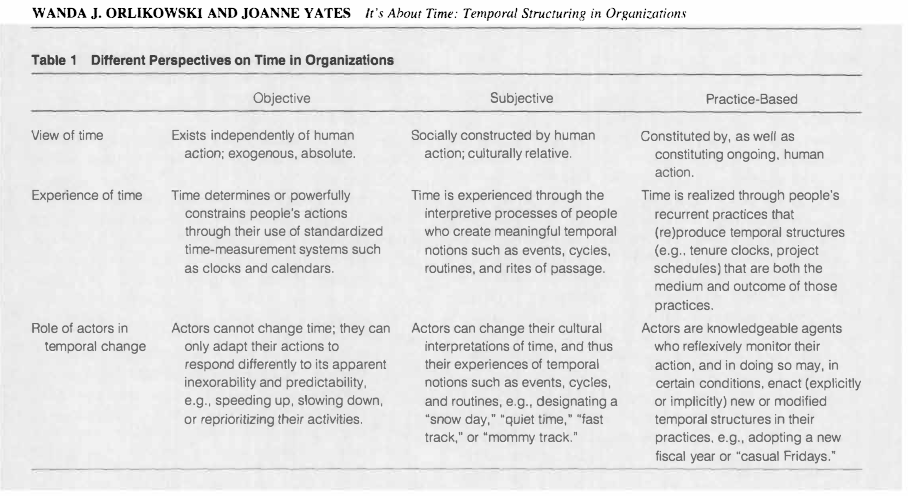Thus, a computer-basedsystem supporting cooperative work involving decision making should enhancethe ability of cooperating workers to interrelate their partial and parochial domainknowledge and facilitate the expression and communication of alternative perspec-tives on a given problem. This requires a representation of the problem domainas a whole as well as a representation, in some form, of the mappings betweenperspectives on that problem domain.
This seems to still be a major challenge in information system design as well as collaborative workflow. Even if the information/meta context is made available, do people use it?


